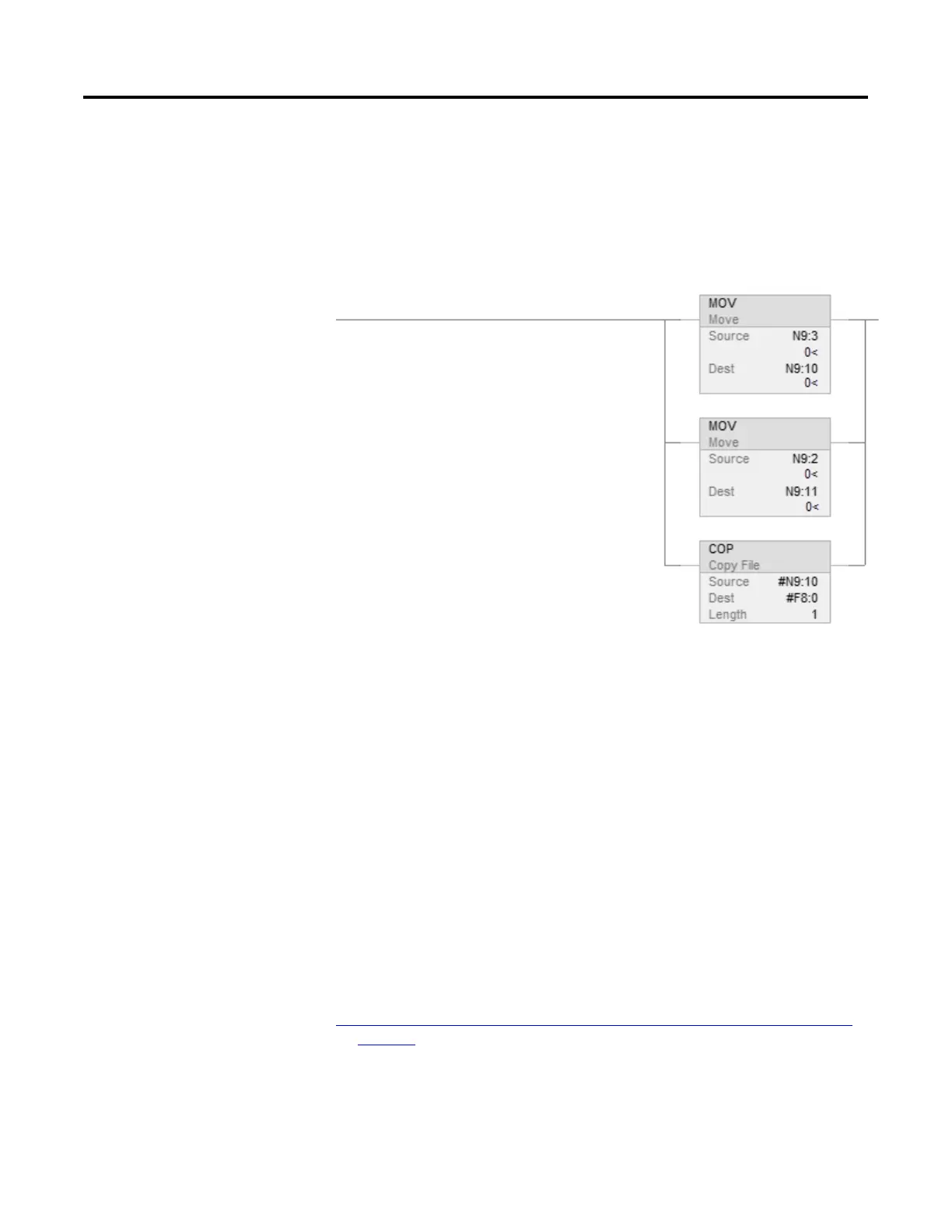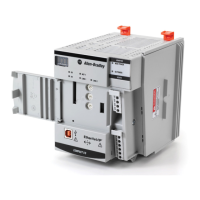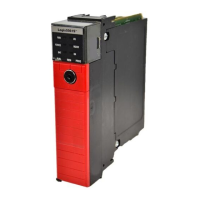
 Loading...
Loading...
Do you have a question about the Allen-Bradley Logix 5000 Series and is the answer not in the manual?
| Brand | Allen-Bradley |
|---|---|
| Model | Logix 5000 Series |
| Category | Controller |
| Language | English |
Overview of general updates impacting multiple sections of the manual.
Highlights specific topics that have been newly added or significantly improved.
Lists related Rockwell Automation documentation and support resources for further information.
Explains the fundamental concepts of producing and consuming system-shared tags.
Details controller support and network requirements for enabling tag sharing.
Explains how tag sharing affects controller connections and resource utilization.
Addresses challenges and considerations for migrating projects containing multicast produce tags.
Provides guidelines for structuring tags to optimize the efficiency of data transfer.
Offers strategies to effectively manage network bandwidth when transferring tag data.
Detailed instructions for configuring a tag to produce data for other controllers.
Detailed instructions for configuring a tag to consume data from a producer.
Outlines specific procedures required for data sharing with PLC-5C controllers.
Explains Request Packet Interval (RPI) behavior and default settings across different software versions.
Details how to set RPI ranges and default values for producer tags.
Discusses the configuration and implications of using unicast connections for tag data exchange.
Guides on configuring the consuming controller to accept producer-provided RPIs.
Steps to confirm successful RPI acceptance and value by the consuming tag.
Illustrates common scenarios detailing RPI exchange between producers and consumers.
Describes common error messages related to RPI acceptance and negotiation issues.
Introduces the concept of packetizing large arrays for efficient data transfer between controllers.
Provides detailed instructions for creating and configuring tags to produce large arrays.
Provides detailed instructions for configuring tags to consume large arrays transferred via packets.











